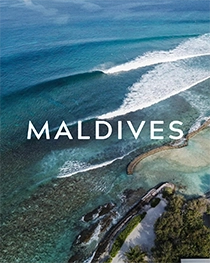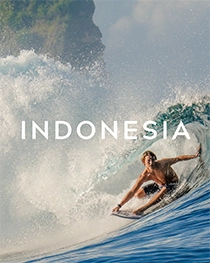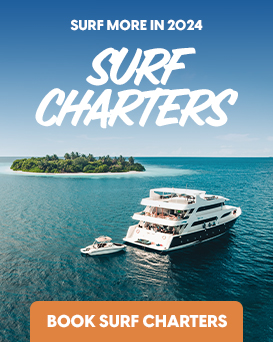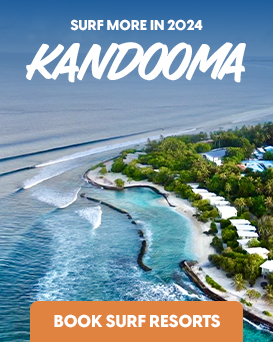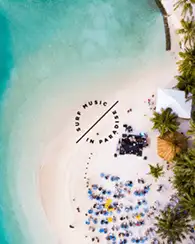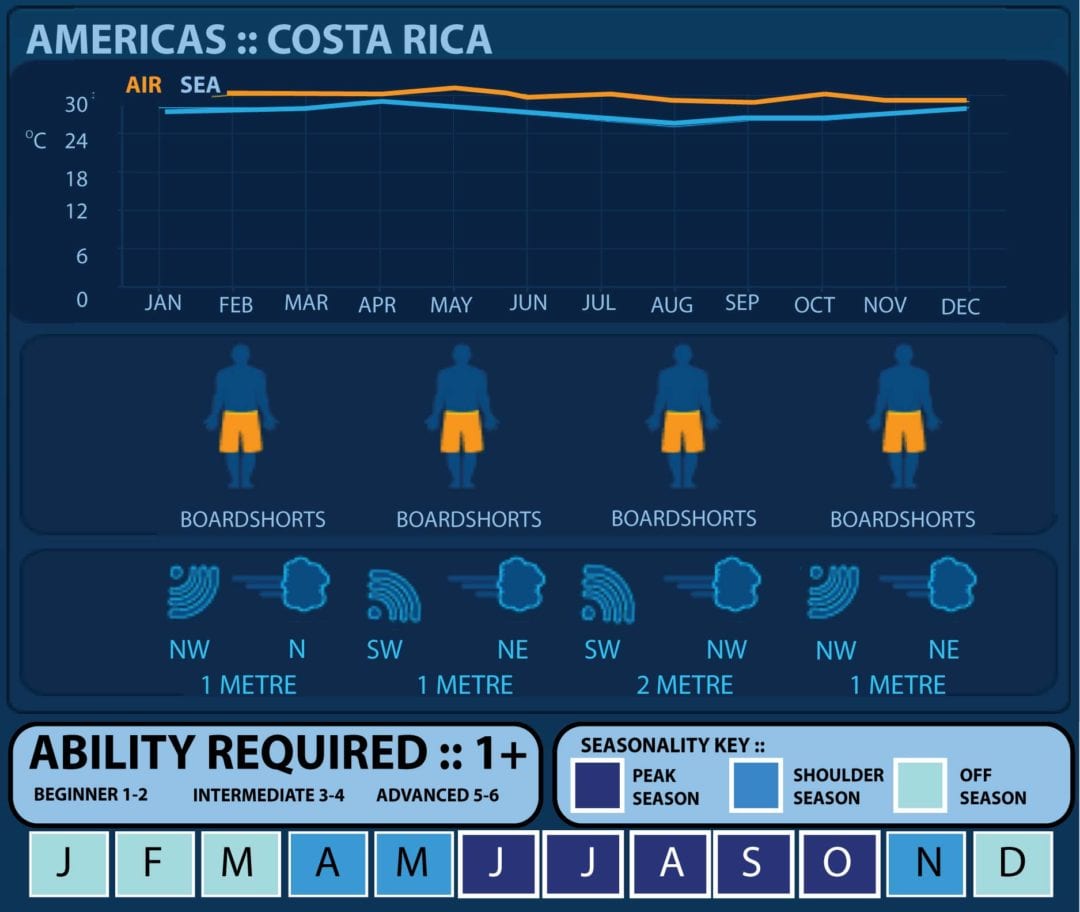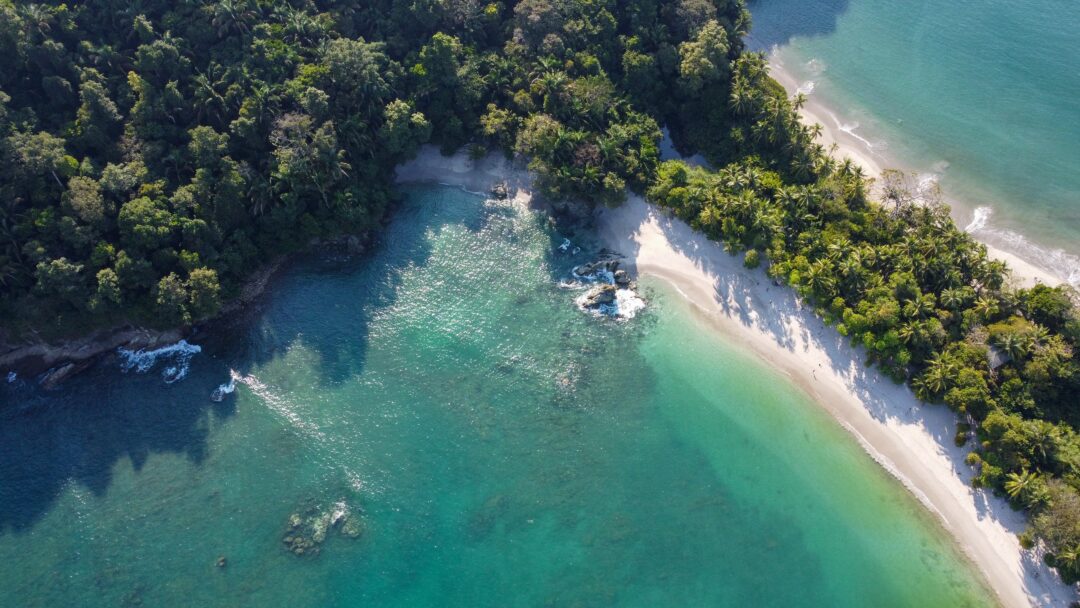Costa Rica Surf Travel Guide
Costa Rica has great waves, warm water full of dolphins and sea life and beautiful sandy beaches edged by lush tropical jungle. From one end of the country to the other, there are all sorts of waves to suit all level of surfing, with waves usually user-friendly and accessible. The locals are friendly and you’ll find funky cafés and international restaurants in each little village along the coast.
Quick Facts
World class waves such as Pavones and Witches Rock
Year round waves for all levels of surfers, as a mix of beachbreaks, points and reefbreaks
The most stable and safest country in Central America
Prime ecotourism destination and boasts some of the world’s most biologically diverse habitats
Costa Rica Surf Spots
A good central location to base yourself is the lively town of Tamarindo on the northern Pacific Coast, from here you have access to all sorts of breaks for all abilities. Go north to Witches Rock or south to Play Negra, and for those looking to really chill out in a quieter location, head to Nosara or Playa Grande.
Best Surf Breaks in Costa Rica
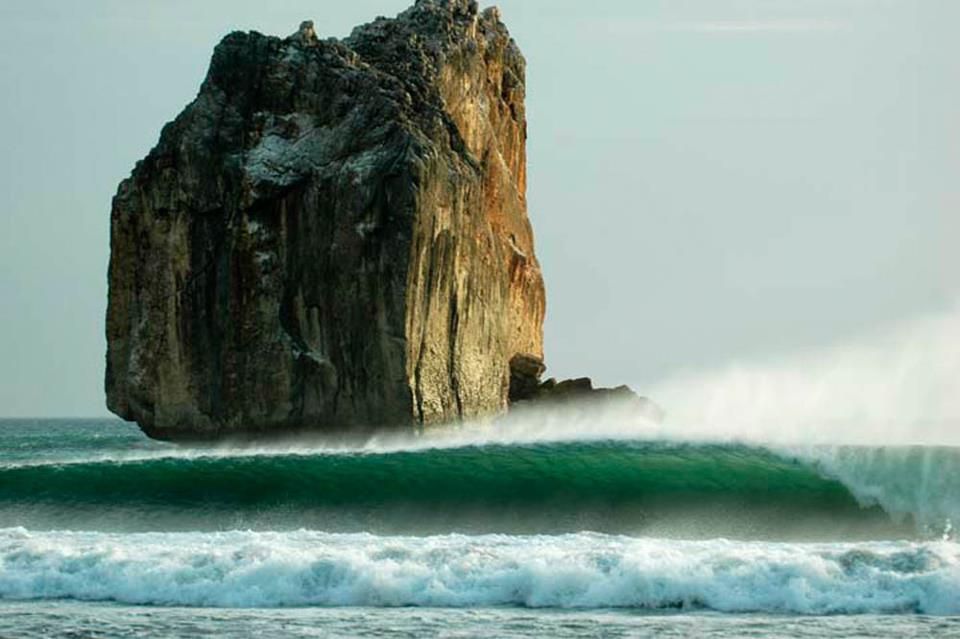

Witches Rock
Two-mile stretch of beach with hollow sand bottom beach breaks creating long lefts and rights.
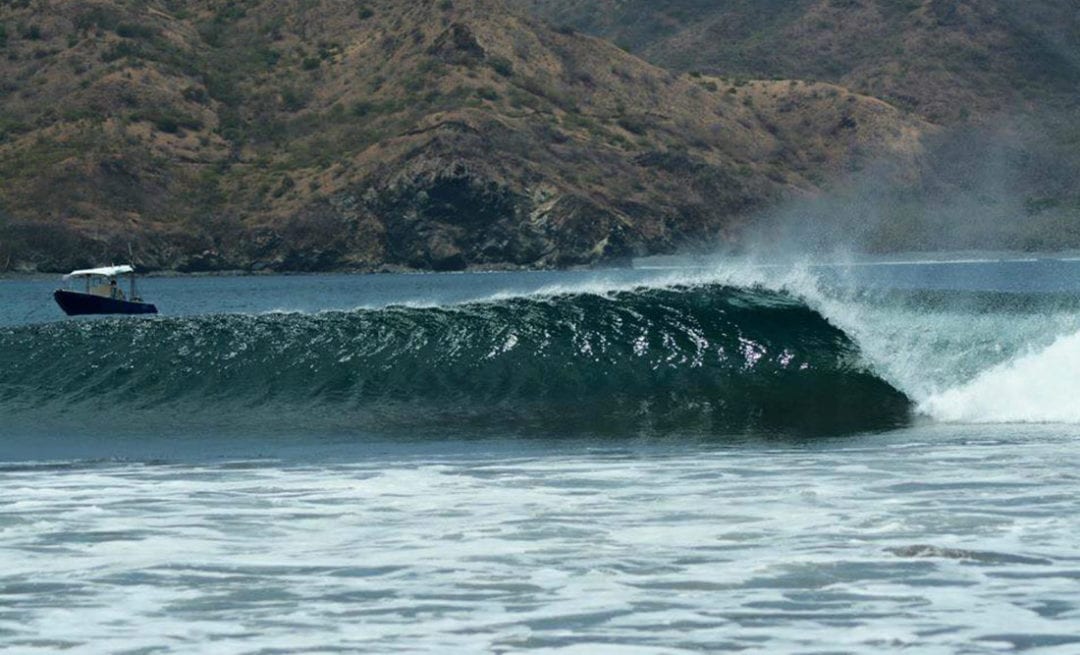

Ollies Point
Right point at the rivermouth with fast, long, hollow and powerful waves that roll on the beach endlessly breaking over a rocky bottom.
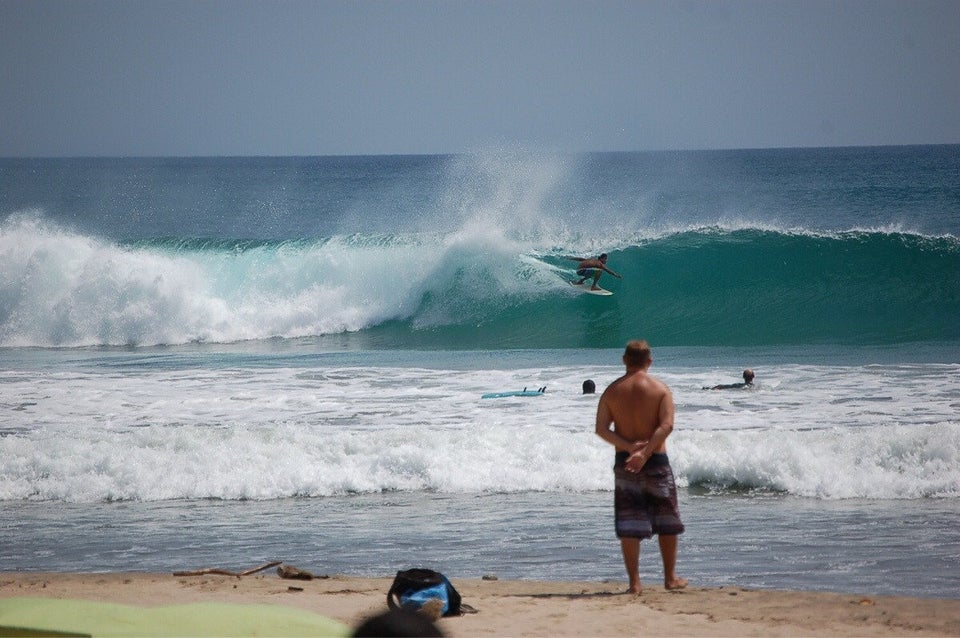

Playa Grande
Exposed, powerful beach breaks just north of Tamarindo with steep hollow faces that tube in some sections.


Junquillal
Beach break and a left reef break that work better on higher tides. There are many peaks with hollow, fast rights and lefts. On a large enough swell, check out Playa Blanca directly in front of the Iguana Azul which can offer double overhead lefts.
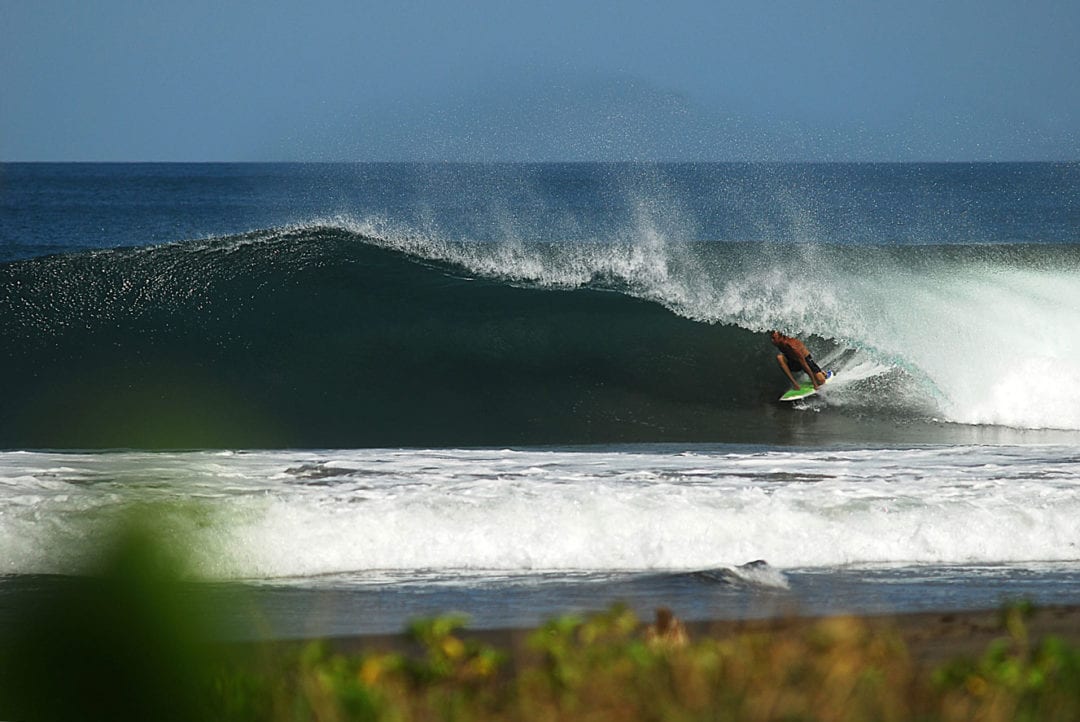

Playa Negra
12 kilometres south of Tamarindo offering a reef right break that is fast & hollow at low tide and picks up swell from many directions. Good for all ability levels
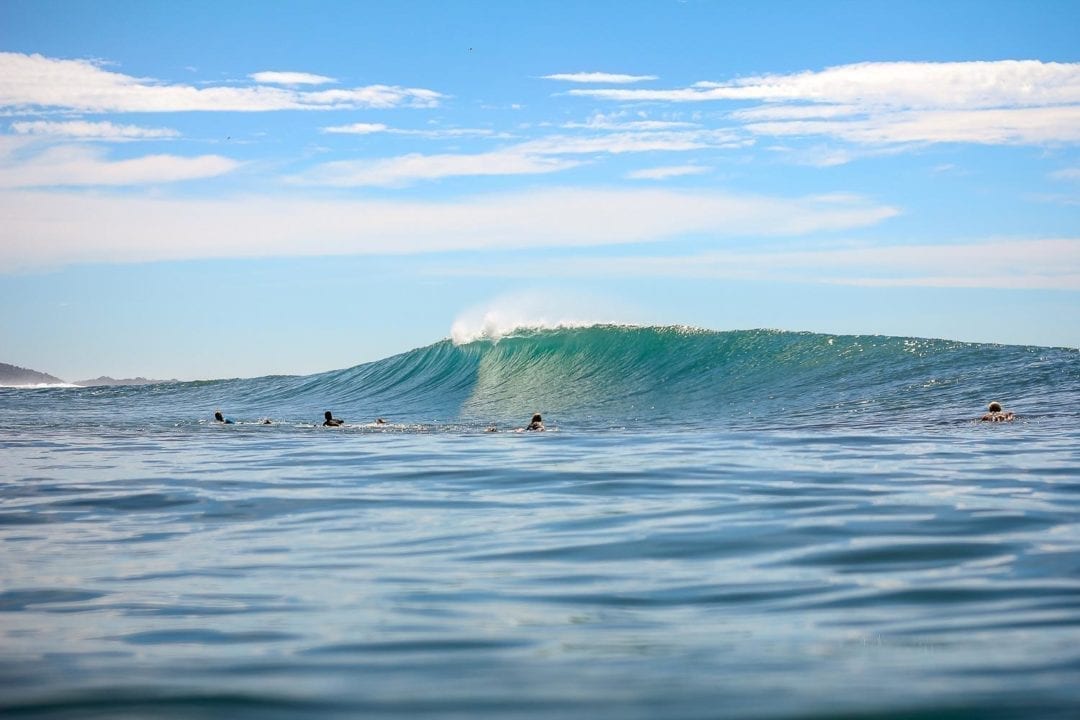

Playa Santa Teresa
Good lefts and rights at this hollow beach break. Tends to pick up more swell than nearby breaks and holds shape better at low tide.
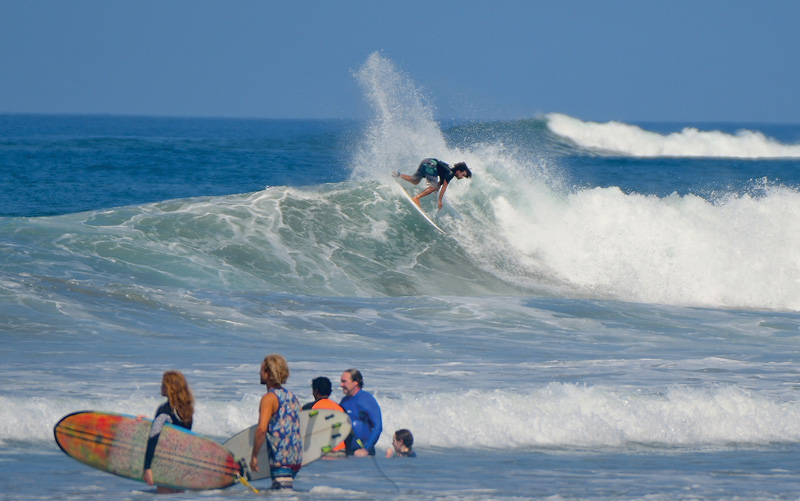

Playa Guiones
A beach break with a left point that works better at high tides. This area offers some of the most consistent year round surf ranging from head high to double overhead
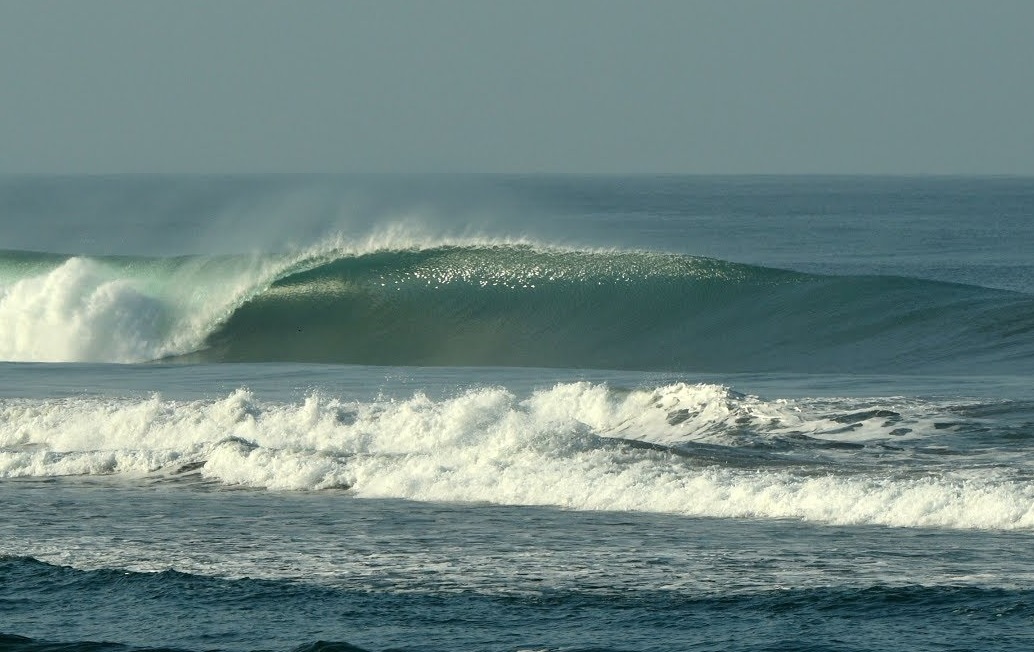

Playa Hermosa
Stretch of beach offering some of the most consistent conditions on the Pacific Coast. A variety of sandbars have formed creating a pounding and tubular beachbreak.
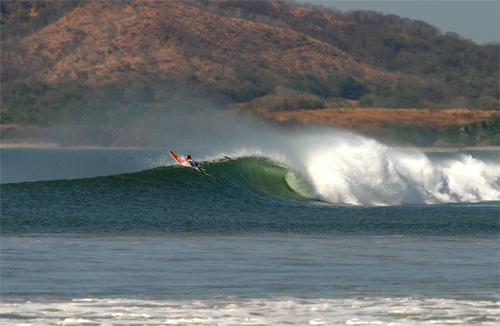

Playa Tamarindo
There are a variety of good surf spots in Tamarindo Bay. The Tamarindo Rivermouth is a solid right hand wave. Other quality local waves in the area are Pico Pequeno – mellow reef break; Old Man’s – good longboard wave; and Playa Langosta – fun outside reef and inside beach break.
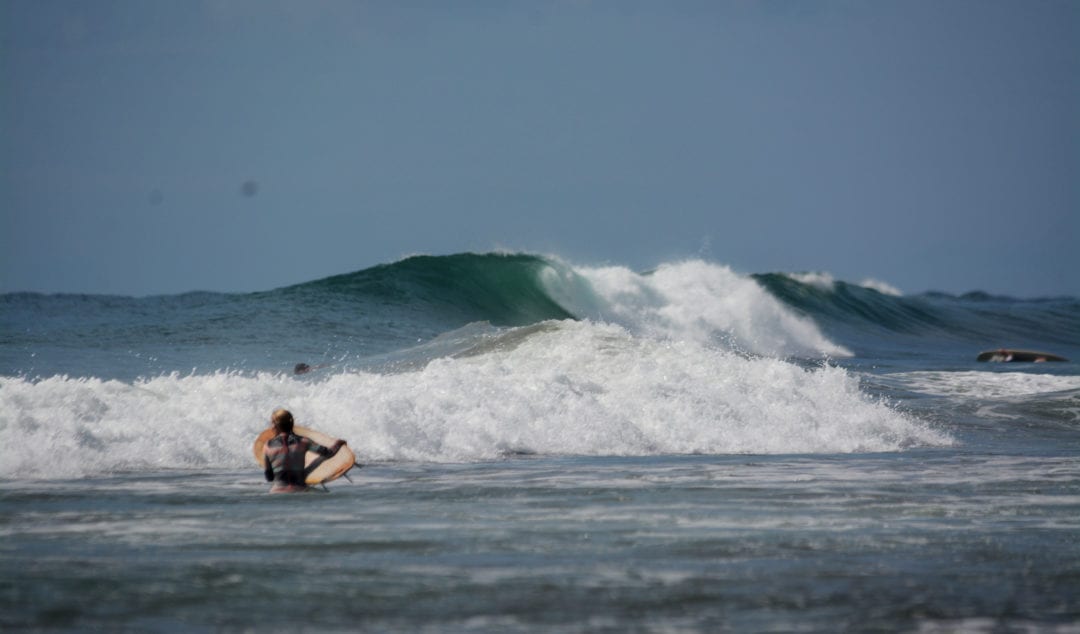

Playa Avellanes
A series of rights and lefts from a rivermouth offering a series of peaks including reefs and beach breaks. The northern end of the rivermouth boasts an outside reef break, “Little Hawaii,” which works best on a west or northwest swell and is ideal for longboarders.
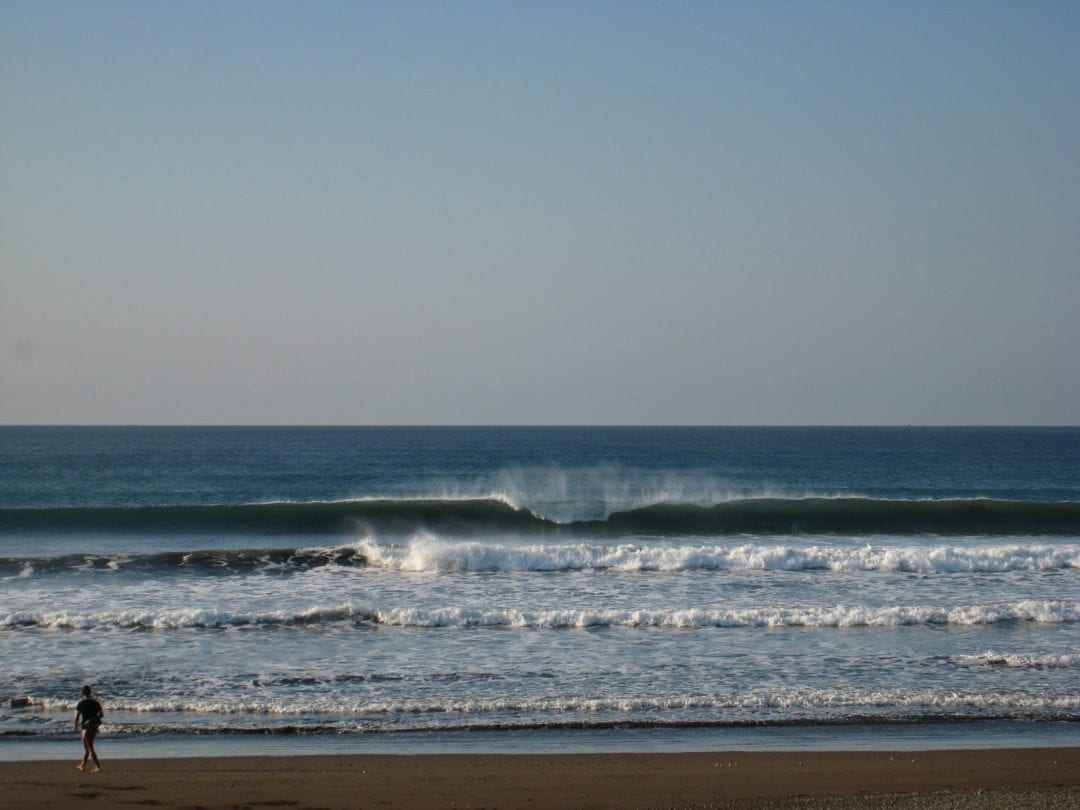

Playa Camaronal
Very consistent beach break and generally gets surf year round.
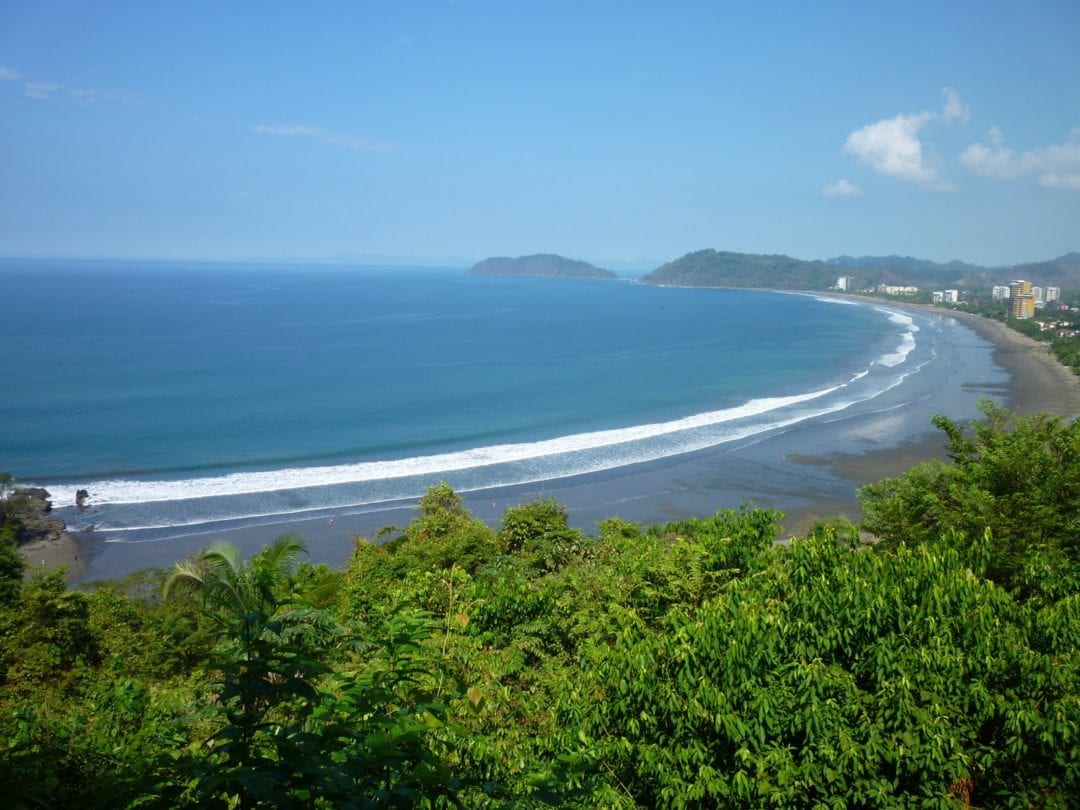

Playa Jaco
Long beach with left and right breaks. This area is smaller than Playa Hermosa and a good option for beginners.
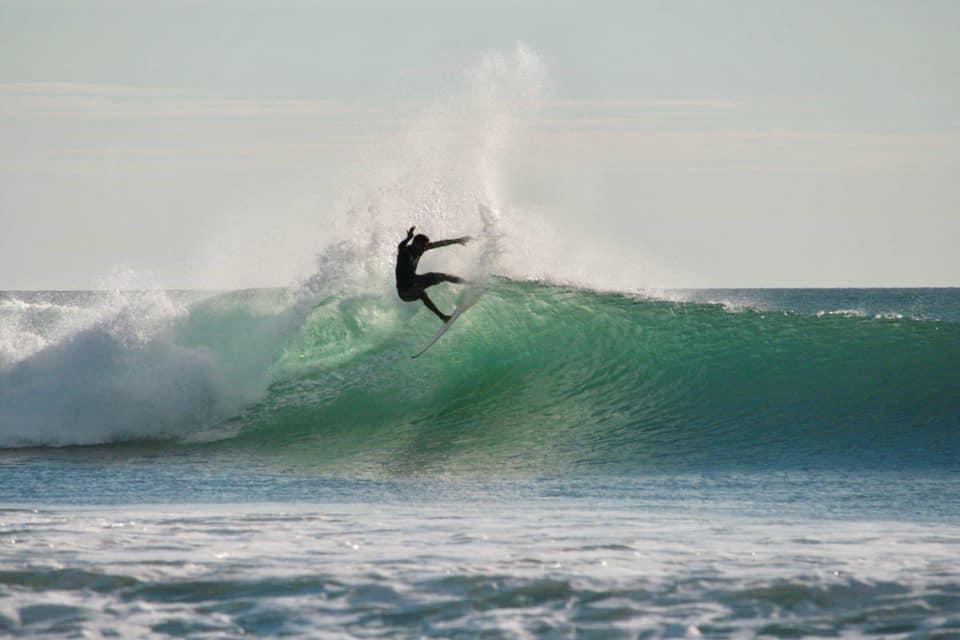

Playa Marbella
Located between Junquillal and Ostional, this is one of the area’s most consistent breaks offering excellent conditions.
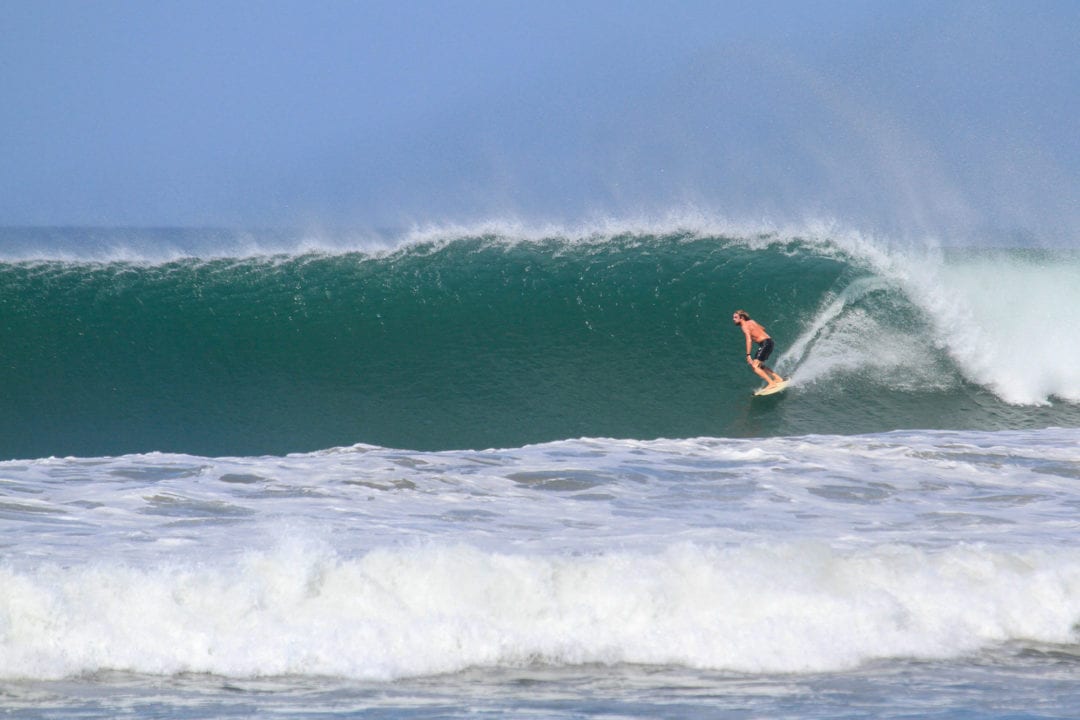

Playa Nosara
Great beach break with peaks and shallow reef that barrels with a large south or southwest swell.
Costa Rica Surf Season
The dry season from December to April provides the offshores and the ideal swell direction that turn on breaks like Witches Rock, Playa Negra and Playa Grande. The Central and Southern Pacific Coasts work best between May and November when the southerly swells push in. The Caribbean Coast is at its best from November to March and the low season starts when the rains kick in from September until November.
Attractions
The jungle canopy tours are worth checking out and when you’re not surfing go white-water rafting, fishing or snorkelling at the Isla de Tortugas. Seemingly primordial, the jungles of Costa Rica are home to all sorts of flora and fauna and exploring the interior of this magical country is not to be missed. Canopy tours are the ideal way to get a bird’s-eye view of the forest. Furthermore, the colonial cities of Heredia, Alajuela, and Cartago are overflowing with life, and people visit from all over the world to photograph the pastel lined streets. The country’s volcanoes promise relaxing hot spring experiences, and adventure-seekers might also enjoy white water rafting. The Pacific coastline is also known for pelagic life, from humpback whales to manta rays, the Costa Rican coastline is suitable to all diving levels.
The Country
Costa Rica is found between Nicaragua and Panama. Much tussled over in the olden days, Costa Rica gained its independence in 1949. Since its release from Spanish rule, this tropical nation has been one of the most stable and progressive in Latin America. Bordered by the Pacific Ocean and the Caribbean Sea in the heart of Central America, Costa Rica is a prime ecotourism destination and boasts some of the world’s most biologically diverse habitats. Volcanoes dot the horizon, shaded from view by verdant rainforests. The landscapes give guests the feeling they are secluded in nature. Spend some time at nearby landmarks, eat fresh fish and drink local rum to make the most of your holiday. Or try speeding through the rainforest canopy on a zip line.
Getting There
Flying into Costa Rica is easy. There are two international airports in Costa Rica – Juan Santamaría International Airport in Alajuela (SJO) near San Jose and Daniel Oduber International Airport (LIR) in Guanacaste. Most international flights arrive to the capital city of San Jose. It’s also possible to enter the country by bus from other Central American countries. From San Jose, you can reach either coast by bus or private transfer.
Travel Information
Time Zone
UTC -6
Currency
Costa Rican Colón
Calling code
+506
Electric
120V – Plug A, B





